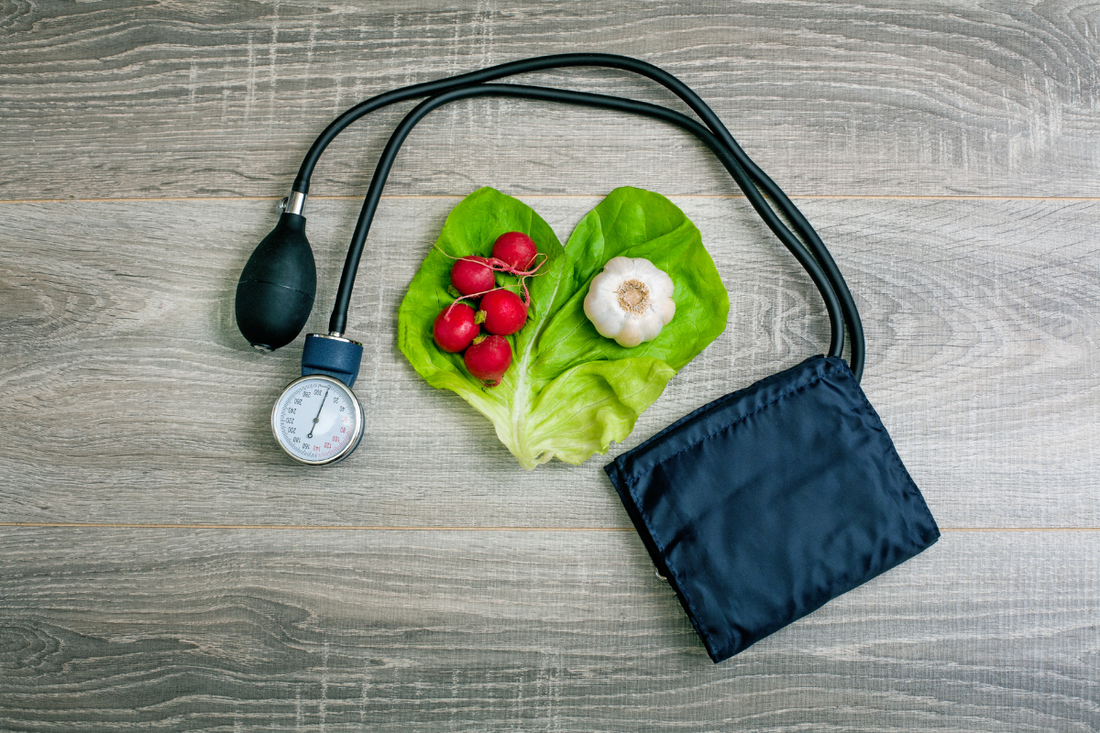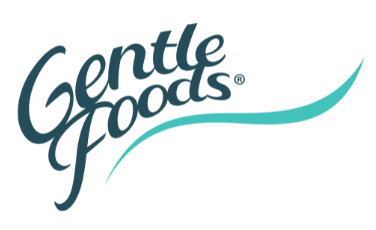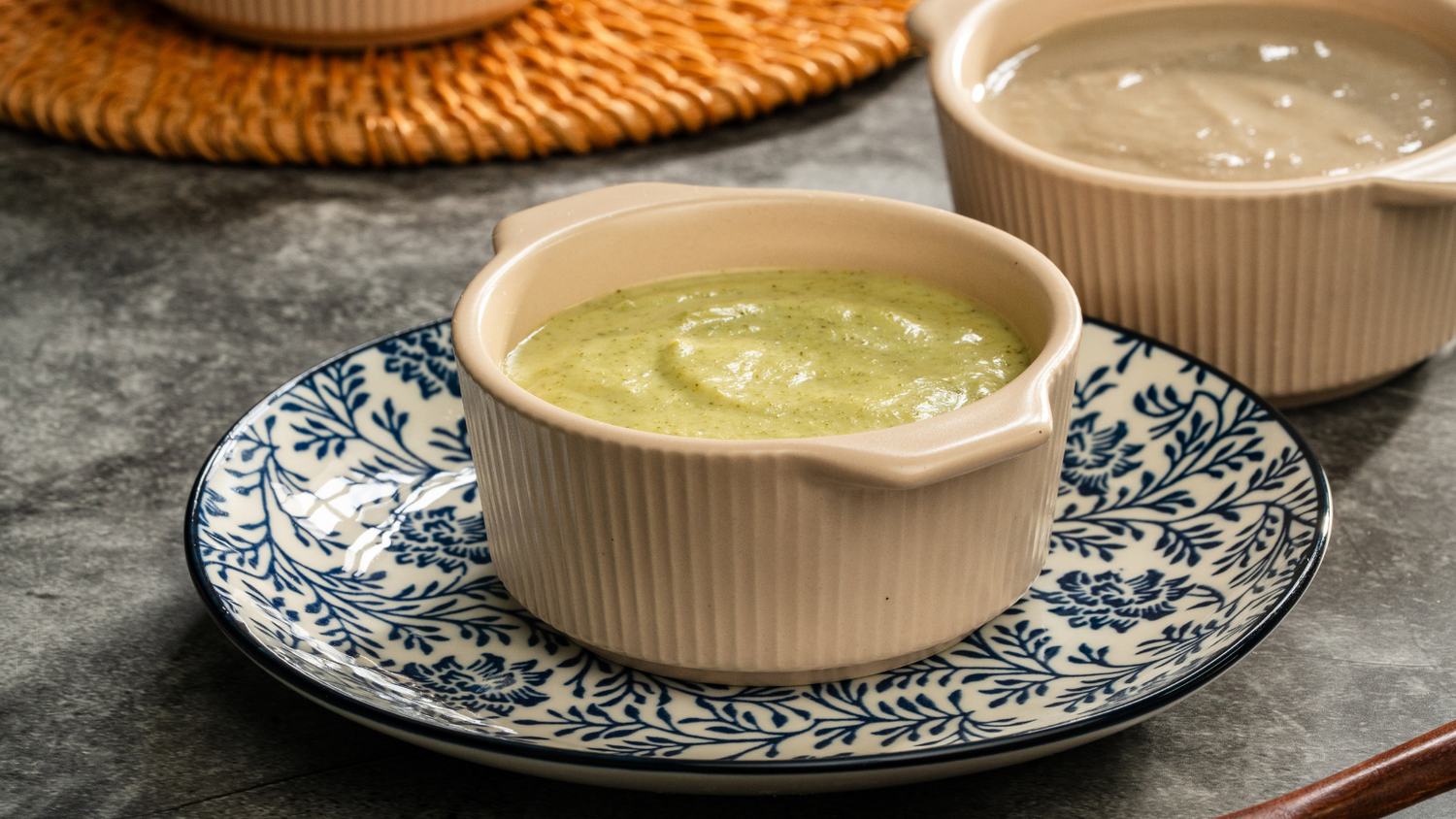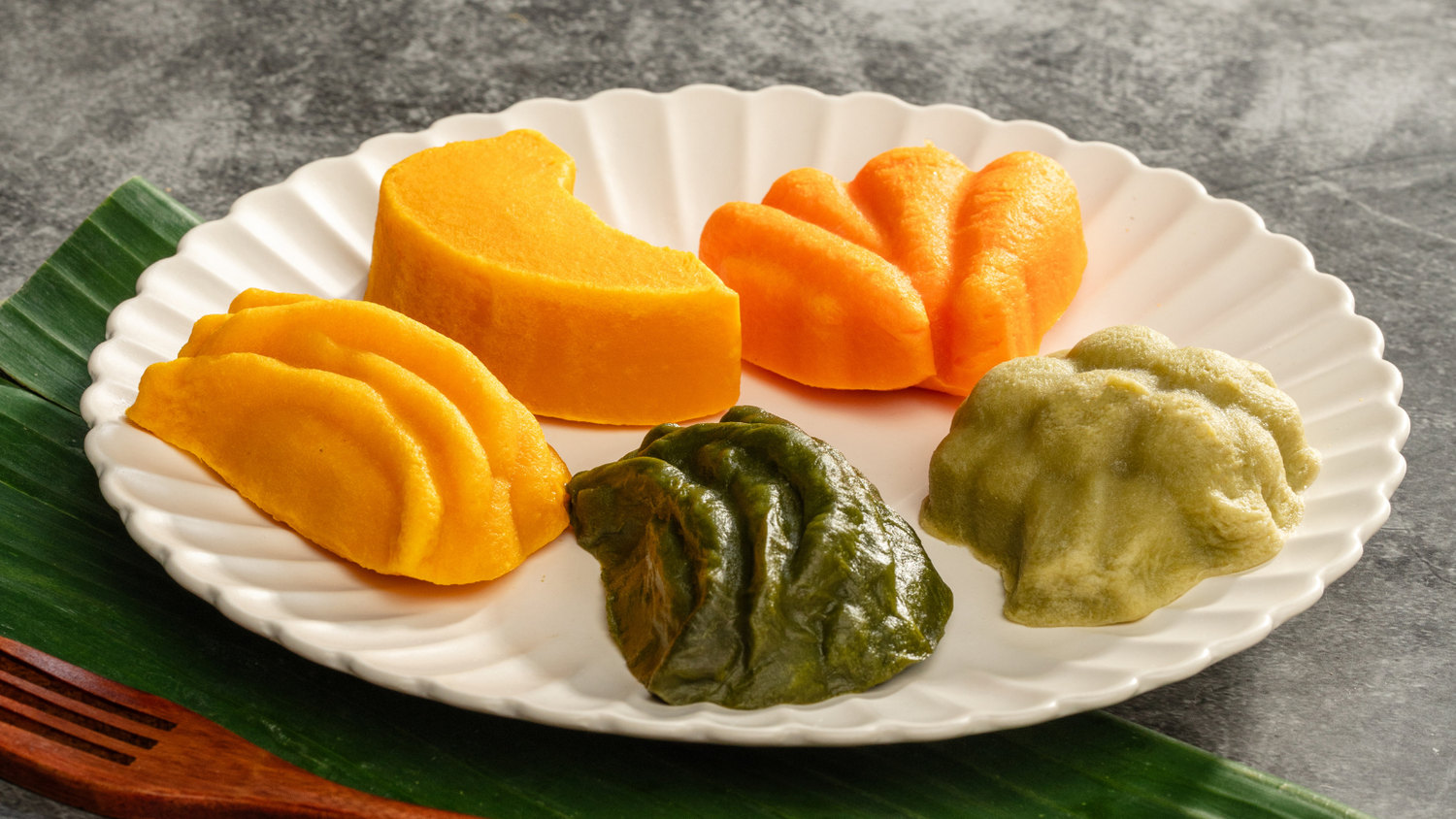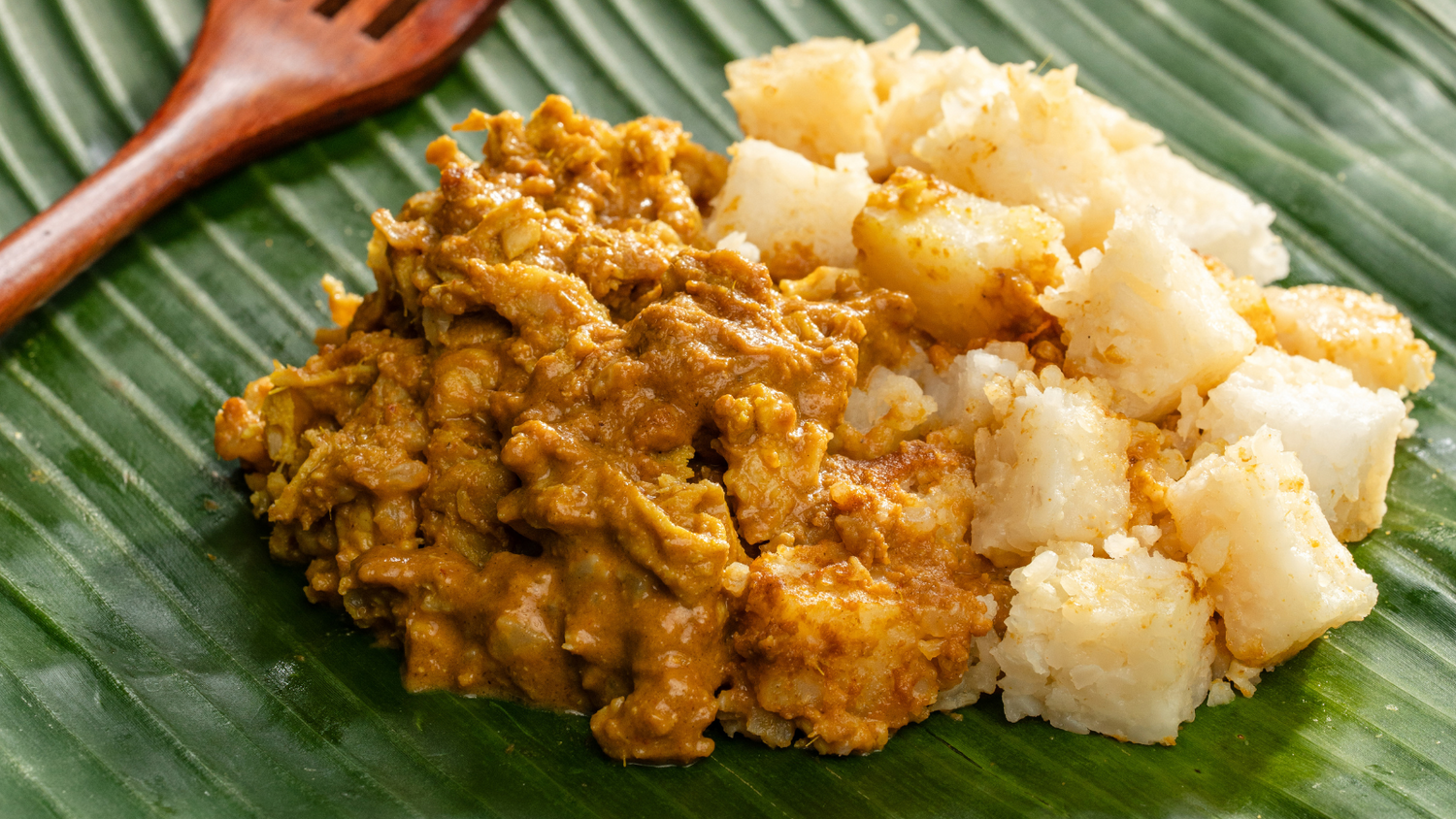Preventing High Blood Pressure
Share
High blood pressure or hypertension is a condition in which your blood pressure is consistently too high, thus causing health problems such as stroke, heart disease and kidney failure. Hypertension is a silent killer as most people with high blood pressure have no signs or symptoms until the blood pressure has reached dangerously high levels.
A healthy diet, along with a healthy body weight, regular exercise and not smoking help prevent or reduce the risk of developing high blood pressure. Here are some dietary approaches.
Ways to reduce sodium intake:
Potassium is also an essential mineral in the body. It helps the body manage blood pressure by reducing the effects of sodium and removing it out of our body.
Potassium is rich in green leafy vegetables such as spinach and broccoli, root vegetables such as potatoes and fruits such as mangos and bananas. Whole grains, beans, dairy products and seafood are good sources of potassium, too.
Many studies show that a high-fiber diet may be beneficial in high blood pressure prevention. To get sufficient fiber, fill half your plate with fruits and vegetables and a quarter plate with whole grains such as brown rice or whole wheat noodles, when you have meals.
For your health, limit or avoid consumption of oily food such as fries and fried kway teow, opt for healthier cooking methods, e.g., steaming, choose lean meat and remove visible fat and skin. To control sugar intake, choose all foods and beverages with less sugar or without sugar. When buying prepared and prepackaged foods, use the NIP on food labels to choose foods lower in fat and added sugar.
A healthy diet, along with a healthy body weight, regular exercise and not smoking help prevent or reduce the risk of developing high blood pressure. Here are some dietary approaches.
Limit Sodium Intake
Sodium is an essential mineral required by the body in a small amount. If eaten in excess, it raises blood pressure. Most of the sodium we take comes from table salt and condiments added during cooking as well as canned and processed foods. The Health Promotion Board (HPB) recommends no more than 2,000mg of sodium a day which is equivalent to about 5g (1 teaspoon) of salt.Ways to reduce sodium intake:
- Cook with less salt, sauces and stock cubes. Instead, learn to use spices and herbs like ginger, onion, chilli to enhance the taste of food.
- Select fresh food as often as possible as preserved food such as salted fish, pickled vegetables and processed meat like sausages, bacon, ham and luncheon meat are high in sodium. For example, 3 cocktail sausages contain as much as 500mg of sodium, 25% of the recommended daily intake.
- Take less or avoid sauces, gravies, dressings and soup stock at meals as they contain a lot of sodium.
- When buying prepared and prepackaged foods, use the nutrition information panel (NIP) on food labels to choose foods lower in sodium. Ideally, aim for foods containing ≤ 120mg sodium/100g
Get Enough Potassium
Potassium is also an essential mineral in the body. It helps the body manage blood pressure by reducing the effects of sodium and removing it out of our body. Potassium is rich in green leafy vegetables such as spinach and broccoli, root vegetables such as potatoes and fruits such as mangos and bananas. Whole grains, beans, dairy products and seafood are good sources of potassium, too.
Increase Fiber Intake
Many studies show that a high-fiber diet may be beneficial in high blood pressure prevention. To get sufficient fiber, fill half your plate with fruits and vegetables and a quarter plate with whole grains such as brown rice or whole wheat noodles, when you have meals. Limit Fat and Sugar Consumption
A diet high in fat and added sugar may cause unwanted weight gain which increases the risk of developing high blood pressure.For your health, limit or avoid consumption of oily food such as fries and fried kway teow, opt for healthier cooking methods, e.g., steaming, choose lean meat and remove visible fat and skin. To control sugar intake, choose all foods and beverages with less sugar or without sugar. When buying prepared and prepackaged foods, use the NIP on food labels to choose foods lower in fat and added sugar.
Limit or Avoid Alcohol
Drinking too much alcohol regularly can increase blood pressure. The HPB suggests men limit to 2 standard drinks a day and women 1 standard drink. Examples of 1 standard drink are one 330ml-can of beer with 5% alcohol content or 100ml of wine with 15% alcohol content.
